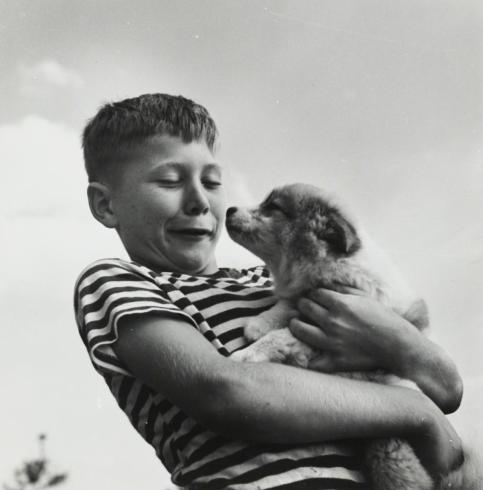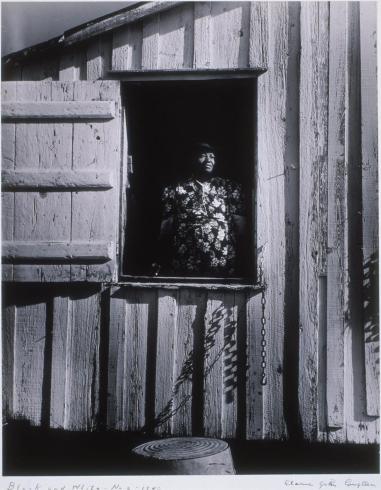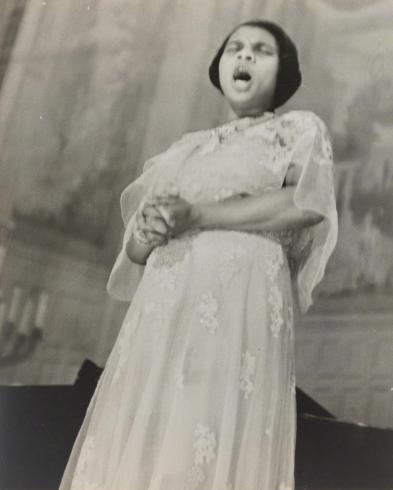Looking At and Beyond the Mask: Identity Explorations

Part 1: What is Identity?
Teacher Note: Prior to the lesson, create your own whole class version of the “See/Think/Wonder” guidesheet on chart paper so you can facilitate the activity alongside the students.
Introduce
- Identity is the combination of characteristics, traits, beliefs, and values that make you who you are. It includes how you see yourself and how others see you. Your identity is shaped by many factors such as your personality, culture, interest, relationships and experiences. Your identity is constantly developing as you meet new people, have new experiences, and learn new things.
- As a whole class, discuss:
- What is identity?
- Who or what shapes a person’s identity?
- Does your identity stay the same or change over time?
- What parts of your identity do you think will stay the same?
- What part of your identity might change?
- Why might it be important to know who you are?
Using the Exploring My Identity worksheet, allow students to explore their own identities. Explain that they will revisit this document at the end of the lesson when they create identity masks.
Part 2: Exploring Identity Through Art
- Explain to students that they will analyze four photographs to better understand the notion of identity and how photographers can create stories about their subjects through photography.
- Share the What’s the Story? guide with students. Explain that you will look at the first one together.
- Go to slide 2 of Image Set for Seeing Through the Mask. Using the photograph, A Child Whose Home Is An alley Dwelling Near the Capitol by Esther Bubley, ask students the following questions. With each question, give students a few minutes to jot down their thoughts. Then, call on a few students to share their responses.
- See: What do you see in the photograph?
- Think: What story do you think the photograph tells?
- Wonder: What else might you want to know about the story behind the photo?
- Reflect: What personal connections might you make to the photograph?
- In pairs, give students time to analyze the remaining three photographs in the set, recording their responses on What’s the Story? worksheet. Use the image set to show students larger views of each photograph.
- After analyzing the remaining photographs, as a whole class, share that photographs capture a specific, small moment in time. A photographer makes decisions about what to reveal and conceal about the subject. The photographer’s decisions are shaped by their personal identity. How we interpret the photograph is connected to our own identities. Then discuss:
- Which photograph were you most drawn to?
- What story did you think the photograph tells?
- How did your identity and life experiences impact your interpretation of the photograph?
Part 3: Creating Identity Masks
- Explain to students that they will use their artmaking skills to create Identity Masks to express their identities.
- Share Creating an Identity Mask Planner with students. Give them some time to brainstorm what they’d like to include on their identity masks.
- Share with students the Identity Mask Step-by-Step Directions. Model each step of the mask building process for students.
- Give students time to create their identity masks.
Part 4: Sharing Our Identities
- In small groups of 4, have students put on their identity masks. Ask them to use the Mask Appreciation Conversation Guide to discuss their identity masks and what their masks share about who they are.
Additional Context
Lesson Context
Portrait photography is a genre of photography that focuses on capturing the personality, mood, and appearance of the subject, usually a person or a group. The goal is to convey the subject’s character or emotions through composition, lighting, and expression. Portraits can range from formal and posed to more informal or candid, depending on the intent or style of the photographer.
Key Terms
Culture: A way of living that is passed down through generations–including food, religion, language, family and gender roles, beliefs, etc.
Identity: The combination of characteristics, traits, beliefs, and values that make you who you are. It includes how you see yourself and how others see you. Your identity is shaped by many factors such as your personality, culture, interest, relationships and experiences. Your identity is constantly developing as you meet new people, have new experiences, and learn new things.



